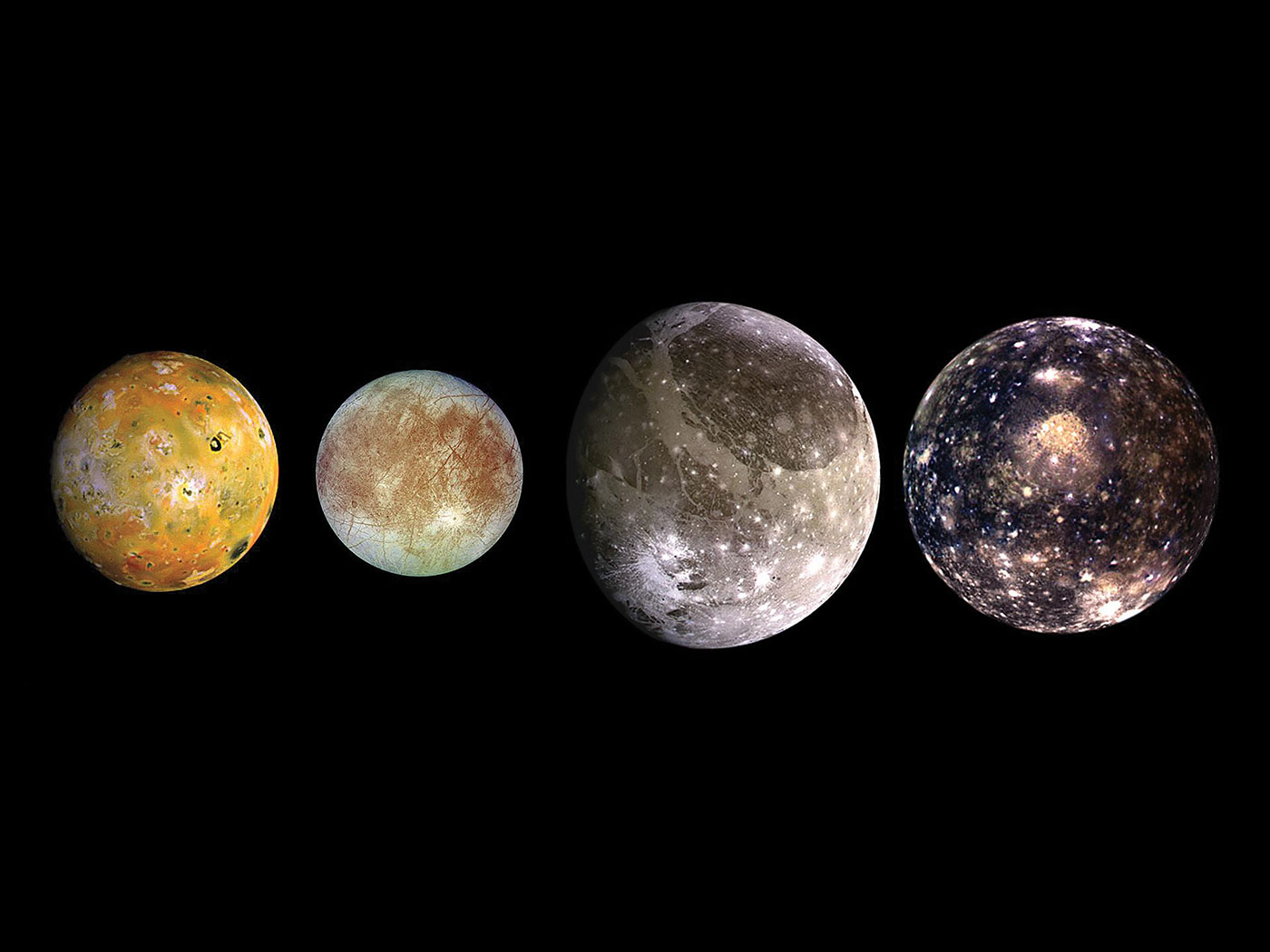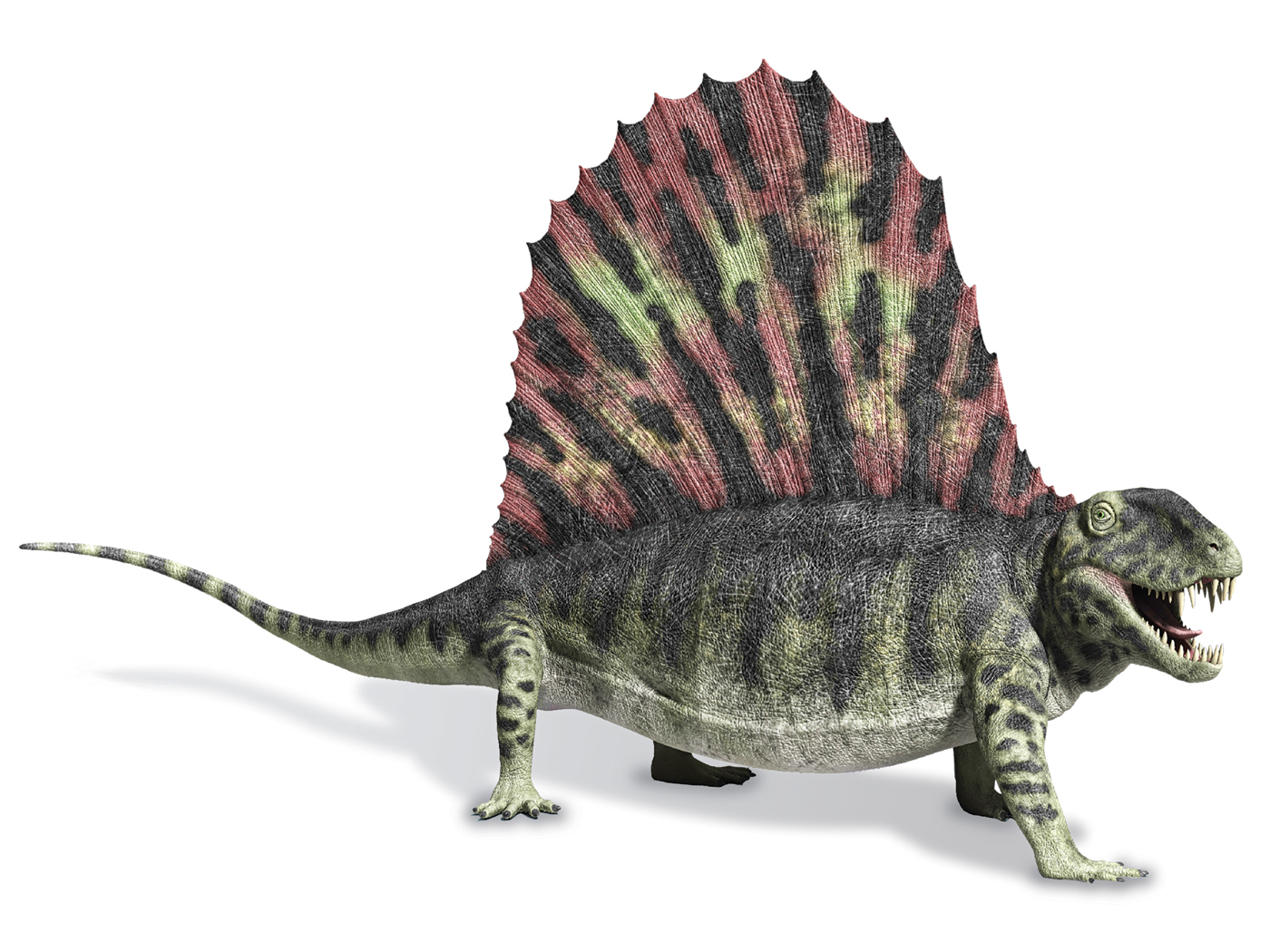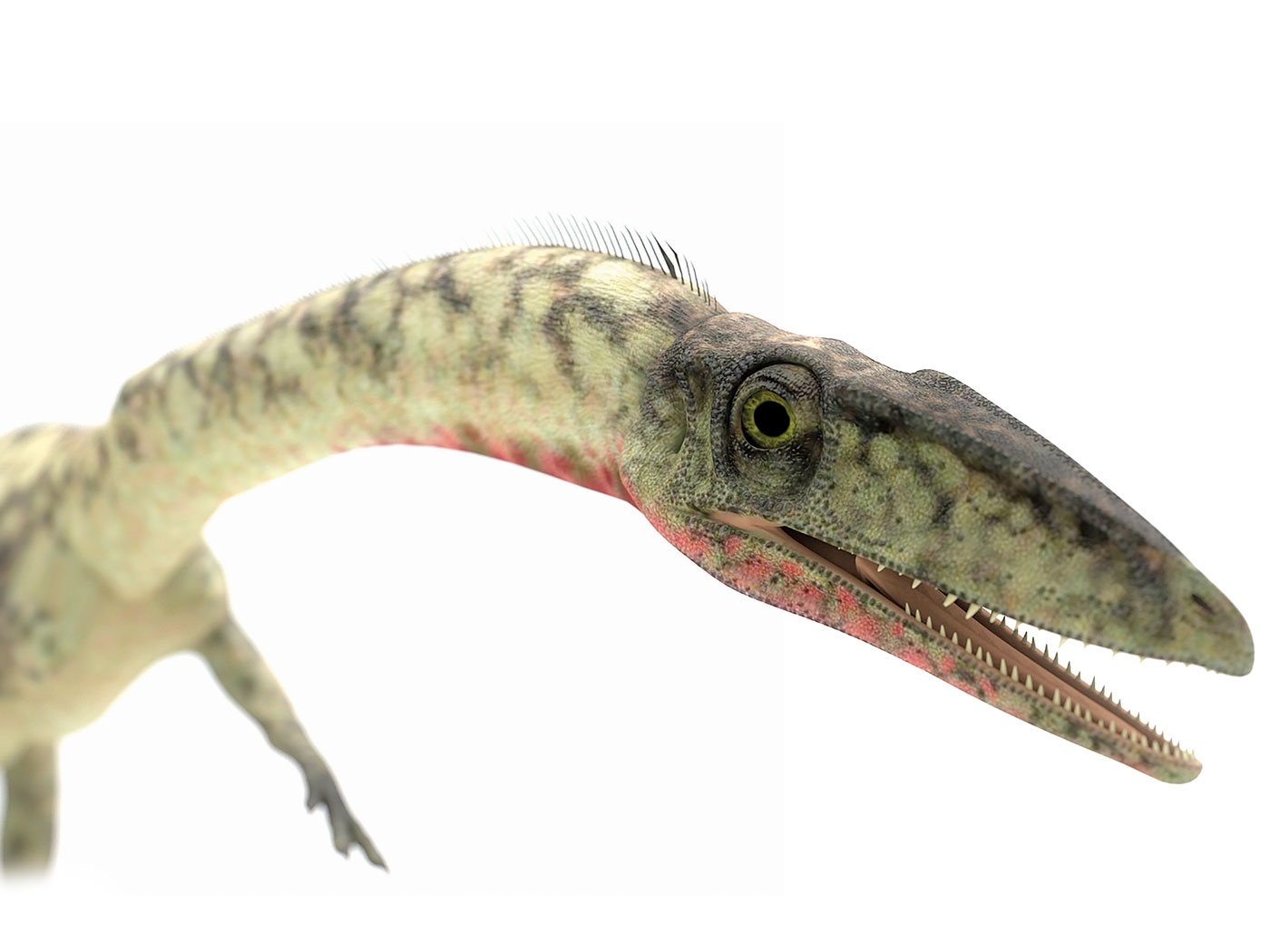by Steven A. Austin, Ph.D. and Kurt P. Wise, Ph.D.
Presented at the Third International Conference on Creationism, Pittsburgh, Pennsylvania, July 18–23, 1994. Published in: Proceedings of the Third International Conference on Creationism, R. E. Walsh (Ed.), pp. 37–47, 1994.
© 1994 Creation Science Fellowship, Inc., Pittsburgh, PA, USA. Published with permission. All rights reserved.
Abstract
The singular events which occurred at the initiation of the Flood should have produced a geologic signature with at least five characteristics: (a) a mechanical-erosional discontinuity (ED) identified by regional structural analysis—probably the most significant unconformity in any given area; (b) a time or age discontinuity (AD) identified by coarse sediments above the erosional unconformity containing lithified fragments of various sedimentary units found below the unconfomrity; (c) a tectonic discontinuity (TD), found at the erosional unconformity, distinguished by substantial regional tectonic disruption, especially at pre-Flood continental margins; (d) a sedimentary discontinuity (SD) consisting of a thick, fining-upward, clastic-to-chemical strata megasequence of regional to inter-regional extent defined at its based by a significant onlap unconformity; (e) a paleontological discontinuity (PD) marked by an increase in abundance of fossils and the first appearance of abundant plant, animal, and/or fungal fossils.
In Grand Canyon of Arizona one of the most significant regional unconformities (ED) is found at or near the top of the Chuar Group. Associated with the unconformity is the Sixtymile Formation—a tectonicsedimentary unit dominated by breccia with large clasts (TD) from the formations below it (AD). The Sixtymile Formation occurs at the bottom of a thick, regionally extensive series of strata called the Sauk Sequence, consisting of the fining-upward clastics, capped by carbonates (SD). Only low-abundance microfossils are known below the unconformity, whereas undisputed animal fossils occur only above the Sixtymile Formation, and there in great abundance (PD). We believe, therefore, that the Sixtymile Formation is the oldest preserved Flood deposit in Grand Canyon of Arizona.
In the eastern Mojave Desert region of California, the Kingston Peak Formation is a very thick, regionally extensive clastic unit containing gigantic breccia clasts (TD) from the formations below it (AD). Associated with the formation is one of the region’s most prominent unconformities (ED). The Kingston Peak Formation is also the lowermost of a very thick, regionally extensive, transgressive, fining-upward, clastic-to-carbonate megasequence (SD) known as the Sauk Sequence. Only low-abundance microfossils are known from the Kingston Peak Formation and below, whereas common animal fossils are only found in rocks above the formation (PD). We believe, therefore, that the Kingston Peak Formation signals the beginning of the Flood in the Mojave region of California and should be correlated with the Sixtymile Formation of Grand Canyon
or Arizona.
Keywords
Flood Model, Pre-Flood/Flood Boundary, Sedimentation, Sedimentary Rocks, Strata, Stratigraphy, Time, Tectonics, Erosion, Paleontology, Fossils, Discontinuity, Unconformity, Southwestern United States, Grand Canyon, Mojave Desert, Precambrian, Cambrian, Paleozoic, Megasequence, Continental Margin, Ocean Flood, Submarine Megaslide, Gravitational Collapse, Megabreccia, Megaclast, Diamictite
For Full Text
Please see the Download PDF link above for the entire article.






